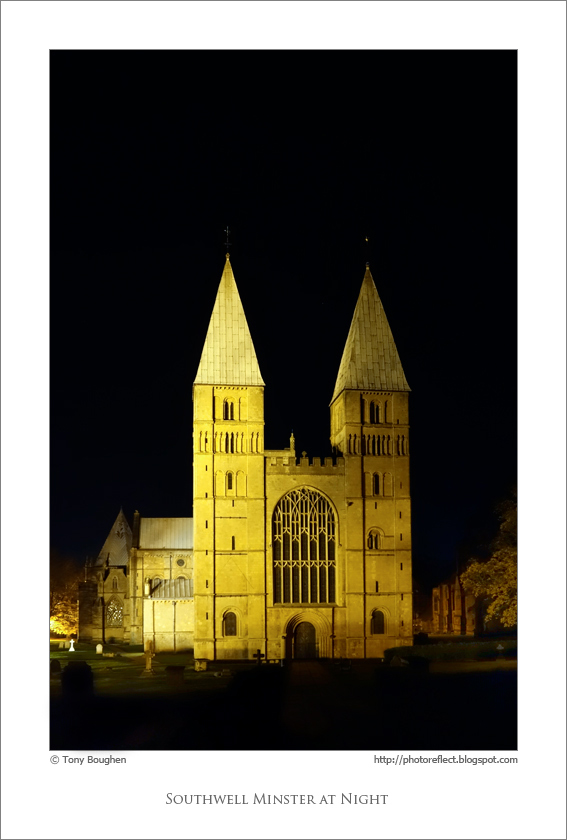Over the years I've been generally quite happy with Blogger, the Google-owned service that provides the blogging platform I use. It is free, easy to operate, easy to adapt, doesn't require me to host advertisements and it is very reliable. It has fewer bells and whistles than Wordpress, a blogging service I use for a different site, but overall I prefer Blogger for the reasons listed: it does all I require.
However, a while ago something happened to the way that my photographs were displayed. Instead of showing just as I had prepared them, as soon as I uploaded them the colours became over-saturated. I take a lot of care in preparing my images and the last thing I wanted was for them to glow with artificially bright colour. I searched to see if there was a reason for this but came up with nothing. So I muted the colours of the shots I posted hoping to compensate for what was happening. It did somewhat ameliorate the effect, but I wanted an answer to why it was happening and a better solution. A search some time later turned up the answer. At a point I couldn't determine Google's Picasa photograph hosting had been placed under the wing of Google+. A feature of these galleries is that photographs there are always made brighter because Google in its wisdom has a feature called Auto Enhance turned on by default. Why? I can only think that they assume people like the "vivid" or "saturated" look of TV, magazines and some phones and cameras. Well, many don't, and so I looked for a way to turn it off. After much searching I discovered that the only way to do so was to join Google+. I was not happy with that at all because I've deliberately ignored all the social media services for reasons I won't go into here. But, Blogger is free, I pay nothing for it so I can demand nothing of it. I had no choice but to sign up to Google+. I did with bad grace and in a minimal manner. I then turned off Auto Enhance, found all was well, and I now carry on as I was, and ignore Google+. At some point I intend to find out if I can exit from it without Auto Enhance turning back on again.
I was reminded of all this when I took today's photograph of fallen acer leaves we came across in Lincoln. When I looked at the camera screen after I'd taken my shot I showed it to my wife. The colours weren't saturated, they were unnaturally muted! I assume the white balance was wrong. But I was out shopping and photographing only incidentally so rather than change it until I got it right I made a mental note of the brightness of everything and went on my way. I was glad I did because when we came to the fallen willow leaves the camera recorded the colours perfectly. Go figure!
photograph and text © Tony Boughen
Photo 1
Camera: Sony RX100
Mode: Aperture Priority
Focal Length: 10.4mm (28mm - 35mm equiv.)
F No: f3.5
Shutter Speed: 1/100 sec
ISO: 125
Exposure Compensation: 0 EV
Image Stabilisation: On



















